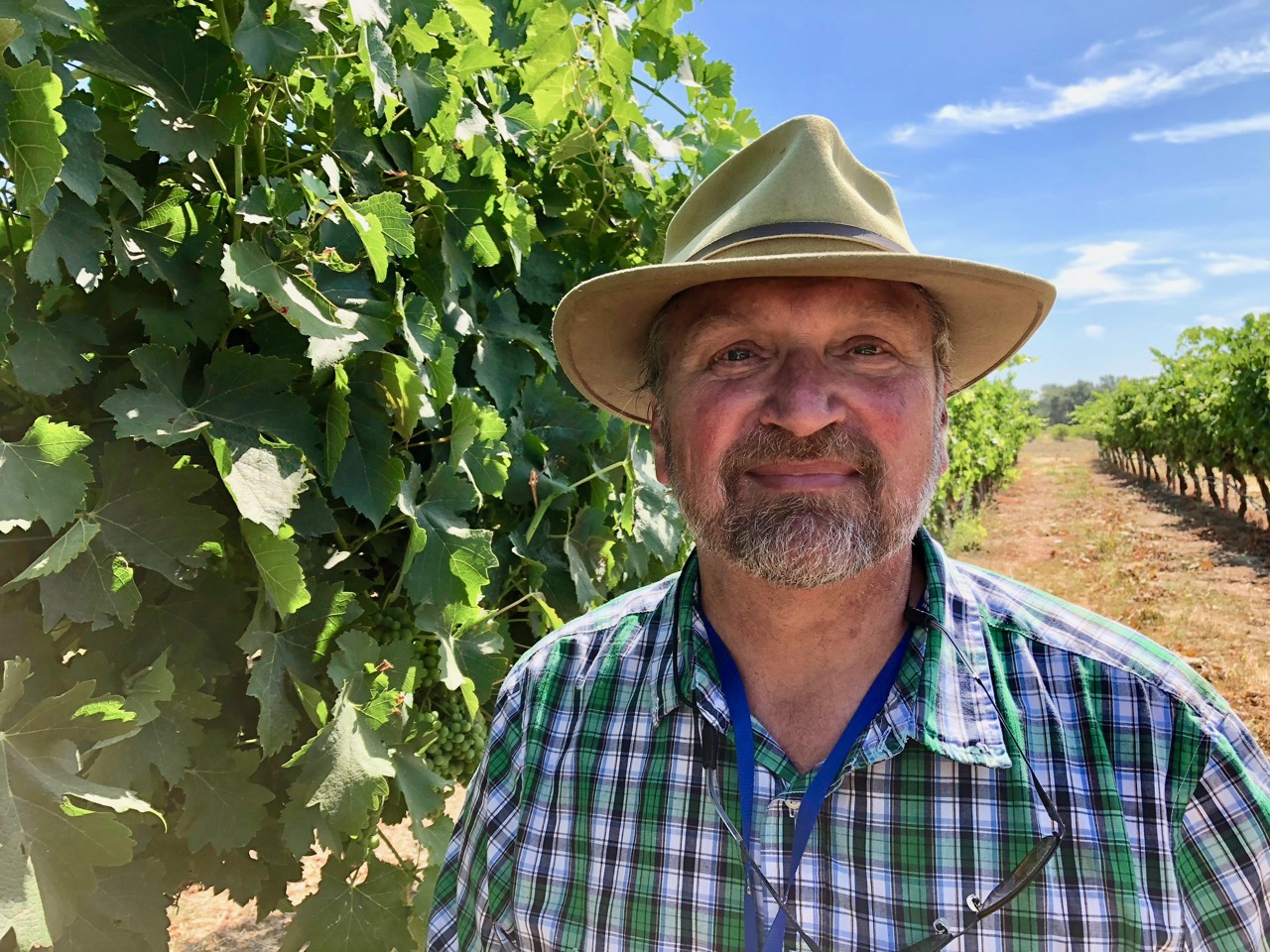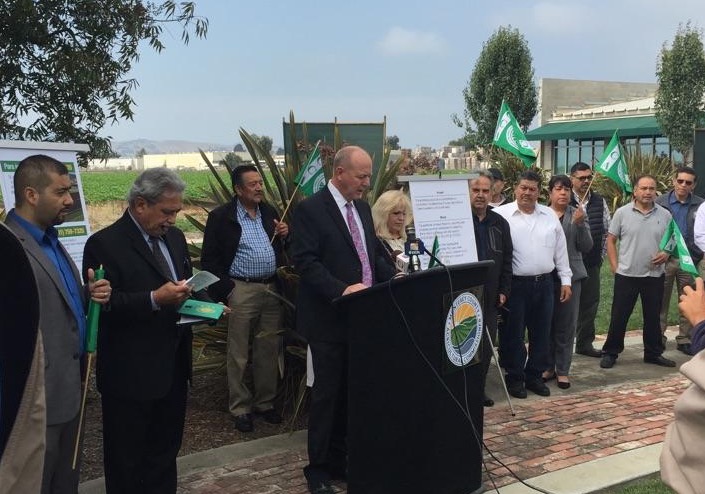Herbicides
Field Bindweed is A Struggle to Control
Field Bindweed Difficult to Manage
By Jessica Theisman, Associate Editor
Field Bindweed is a struggle in the summer months. Scott Stoddard, UCANR Cooperative Extension Farm Advisor, Merced County, discussed with California Ag Today how to manage the weed during the summer in annual crops.
“Field Bindweed is predominantly a summer weed, so we are trying to manage it more in our summer annual crops such as cotton, corn, melons, and tomatoes,” Stoddard said.
This weed has been documented back 100 years but only recently has become more of a problem for farmers.
“It did not seem to be as universally impacting people as much as it does now,” Stoddard said.
Farmers are asking themselves what they are doing irrigation-wise that impacts the weeds.
“Does drip irrigation favor this weed? Does conservation tillage favor this weed? There are all kinds of unknowns,” Stoddard explained.
Stacking herbicides can help and control the Field Bindweed.
“Herbicides in the annual crop systems are marginal and you have to stack them. You have to combine the Roundup with something like a Treflan and then combine that maybe with some applications of other herbicides,” Stoddard said.
Even with stacking the herbicides, they are still marginal. On the herbicide angle, this is one of the things that makes weeds so challenging.





















